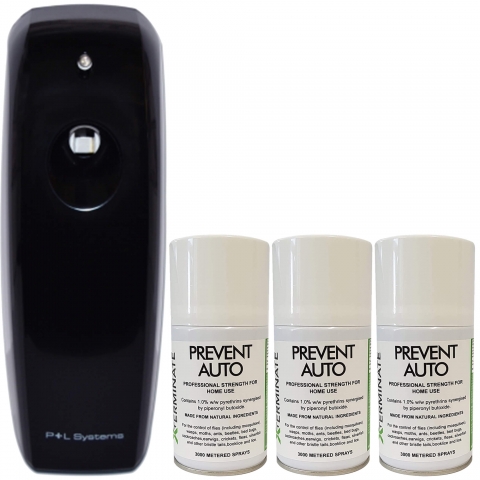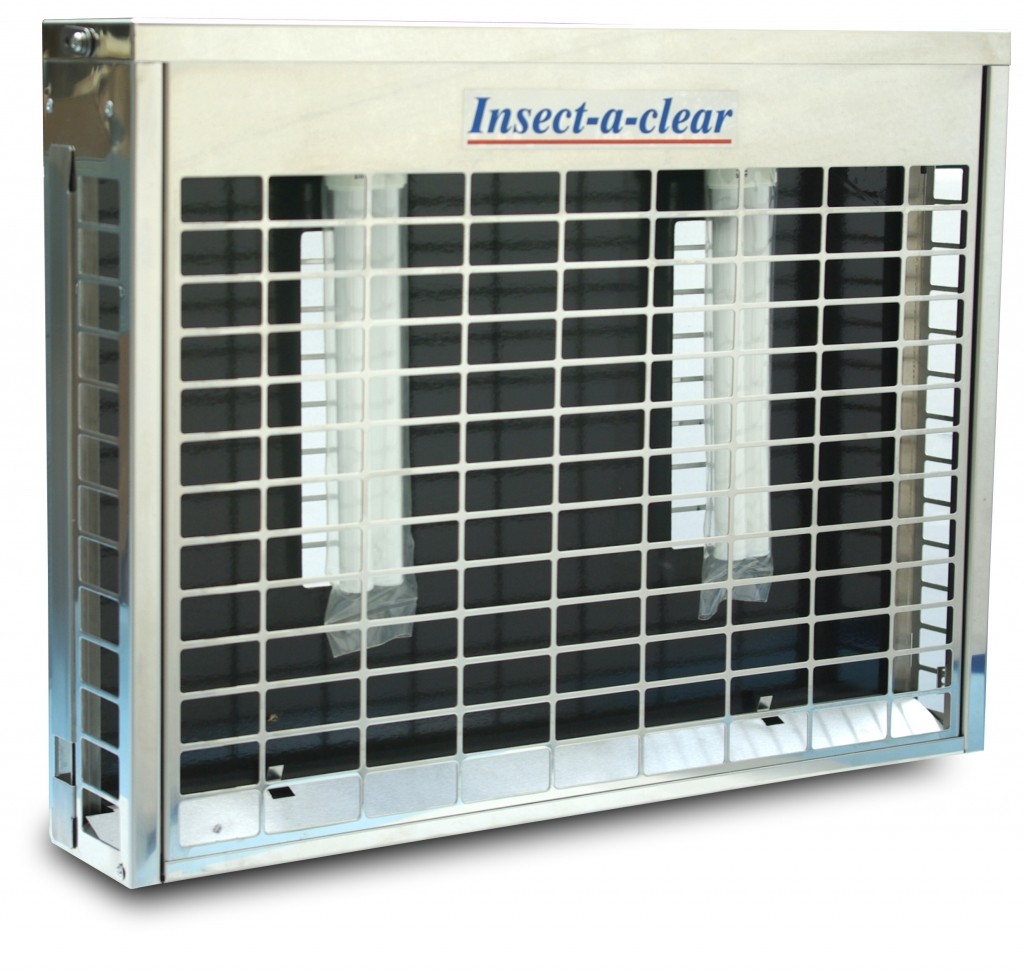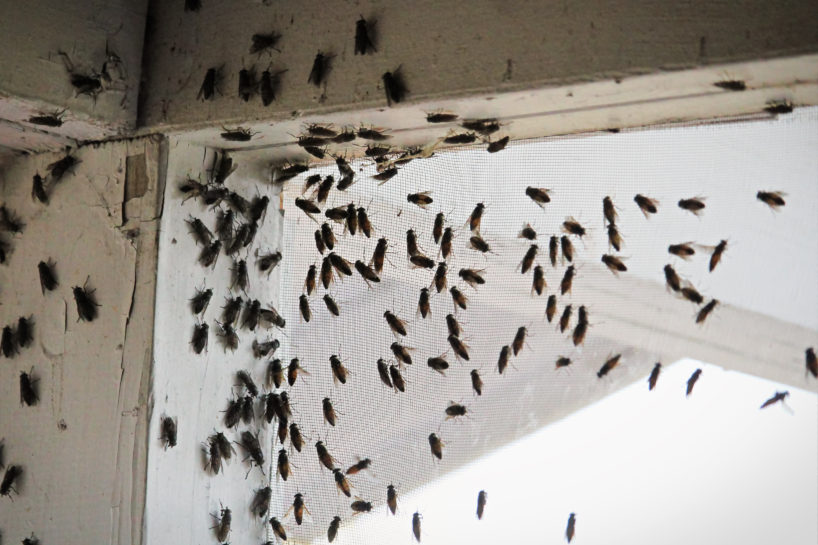
May 3rd, 2022 by
Killing a cluster fly is, in theory, no different to killing a standard house fly: the same pest control products will kill them both. However, there are a couple of factors that make it a different proposition and that is why it’s useful to know a bit more about them before planning your extermination strategy.
What are cluster flies and how do you know you have an infestation?
Cluster flies resemble house flies but are slightly larger and appear quite golden in colour due to the colour of the hairs on their bodies. As the name suggests, they gather in large numbers. However, just because you can’t see swarms of them in your home does not mean that you don’t have them. It’s very normal to only spot one or two rogue ones as they like to live in dark, quiet spaces and will most commonly be found in lofts and garages.
The greatest giveaway is more likely to be a sweet, sickly scent and possibly staining on walls. This is their saliva that they secrete in the space they infest. We’ll come on to the reason why in the next section.
Why cluster flies are a different proposition to house flies
There are two things that you have to consider when treating cluster fly infestations. One is the sheer number of flies you have to deal with. Regular house fly sprays would just be overwhelmed. The second relates to the saliva secretions we mentioned earlier. The reason they do this is to transfer their pheromones onto the area.
Cluster flies will leave your home in the spring to spend the warmer months outdoors, where they will mate. When the weather turns cooler in the autumn, they will seek shelter again. The pheromones in your home act as a marker and allow them to find their way back. This means that if you don’t deal with them before they leave in the spring, they will return in the autumn.
Eradicating cluster flies
Arming yourself with this knowledge about cluster flies allows you to plan your attack. Firstly, timing is crucial – you have to get rid of them before they leave in the spring. The good news is, that the pheromone is specific to these particular flies so if you kill the flies, you break the cycle.
Secondly, the number of flies means you have to scale up your pest control. That means a ‘belt and braces’ approach that combines several treatments to both ensure that you get every fly (any escapees will come back and may bring a few friends/offspring later in the year) and spare yourself being physically among the swarm as much as possible.
Your strategy should ideally include several of the following:

-
Automatic fly killing spray
This is a dispenser that automatically releases fly killing spray at given intervals. This means a regular dose is delivered over a period of time and you don’t physically need to be in there beyond setting it going in the first instance.
See all automatic spray options - Smoke bombs
Smoke bombs, also known as fumers, are very effective due to the way they penetrate into the tiniest of spaces where flies may be hiding. It will also flush them out forcing them to come into contact with this and your other pest control measures.
See all smoke bomb options

- Electric cluster fly killers
This is a much more expensive option but is definitely very effective and particularly worth it for businesses who want to keep infestations permanently at bay. A regular electric fly killer won’t be up to the job of a cluster fly infestation as the volume of flies would soon clog it up. A deeper catchment tray allows for a greater number of flies to build up before needing to be emptied. The good news is, that this will also kill regular flies and any other flying insect that is attracted to the UV light.
See electric fly killers
- Dusting powder
The dusting powder can be used on areas where spray may not be appropriate, such as electric sockets and switches. It can also be used for getting into nooks and crannies. Anything that comes into contact with it will be killed.
See dusting powder
The importance of re-treatment
Just as important as a multi-pronged attack is repeating the treatments a few times. This allows you to capture any rogue flies who managed to evade initial doses. While all these treatments and re-treatments may seem like overkill (literally) it is simply what’s necessary when dealing with such a volume of pests. You will be very glad you made the effort in the autumn when your home remains cluster fly free!
Comments
Leave a reply
Your e-mail address will not be published. All fields are required



